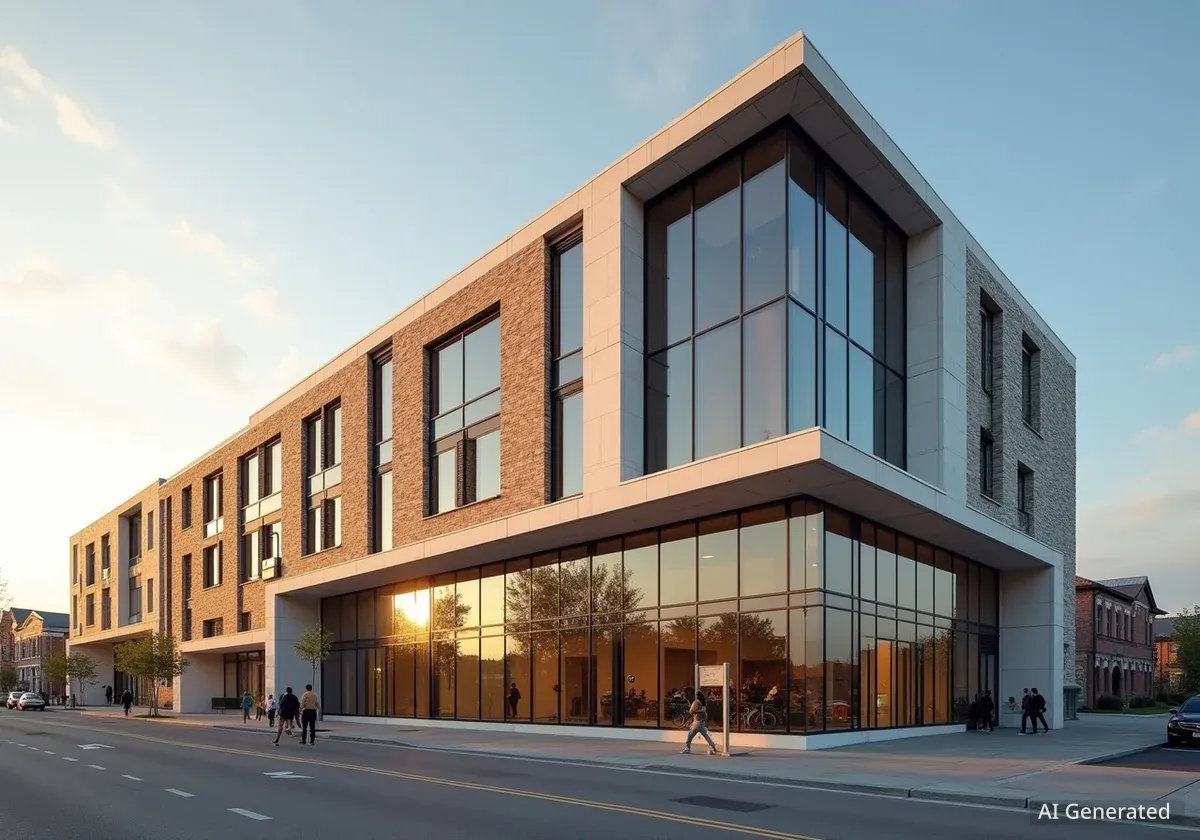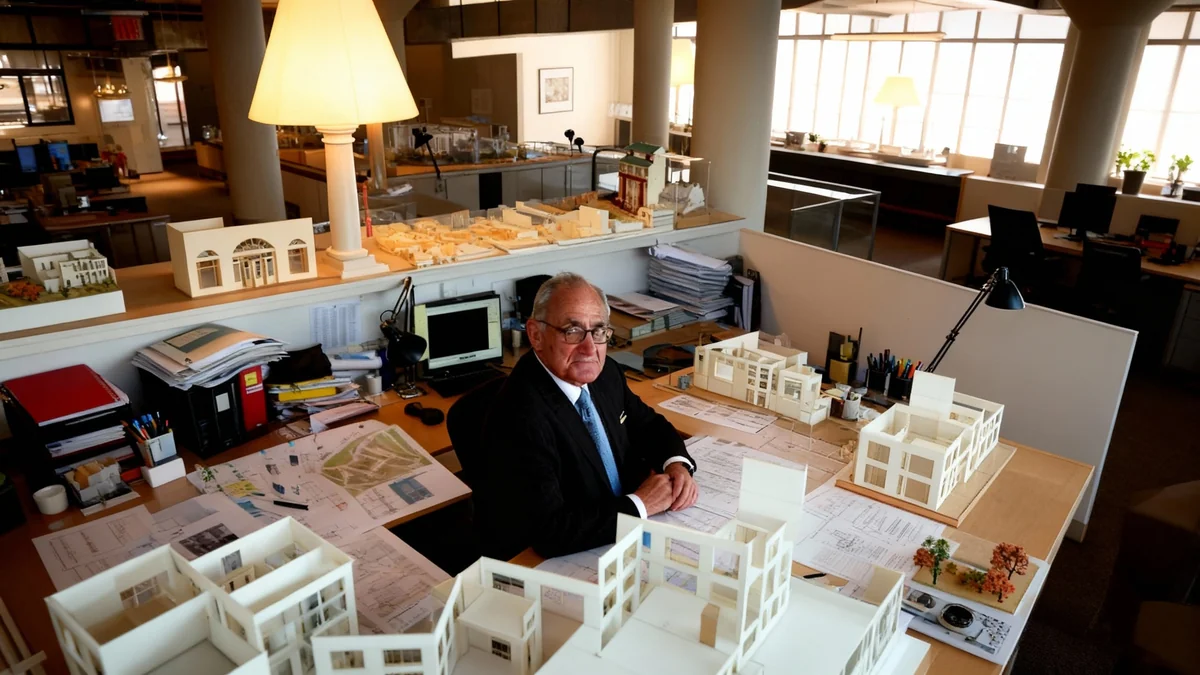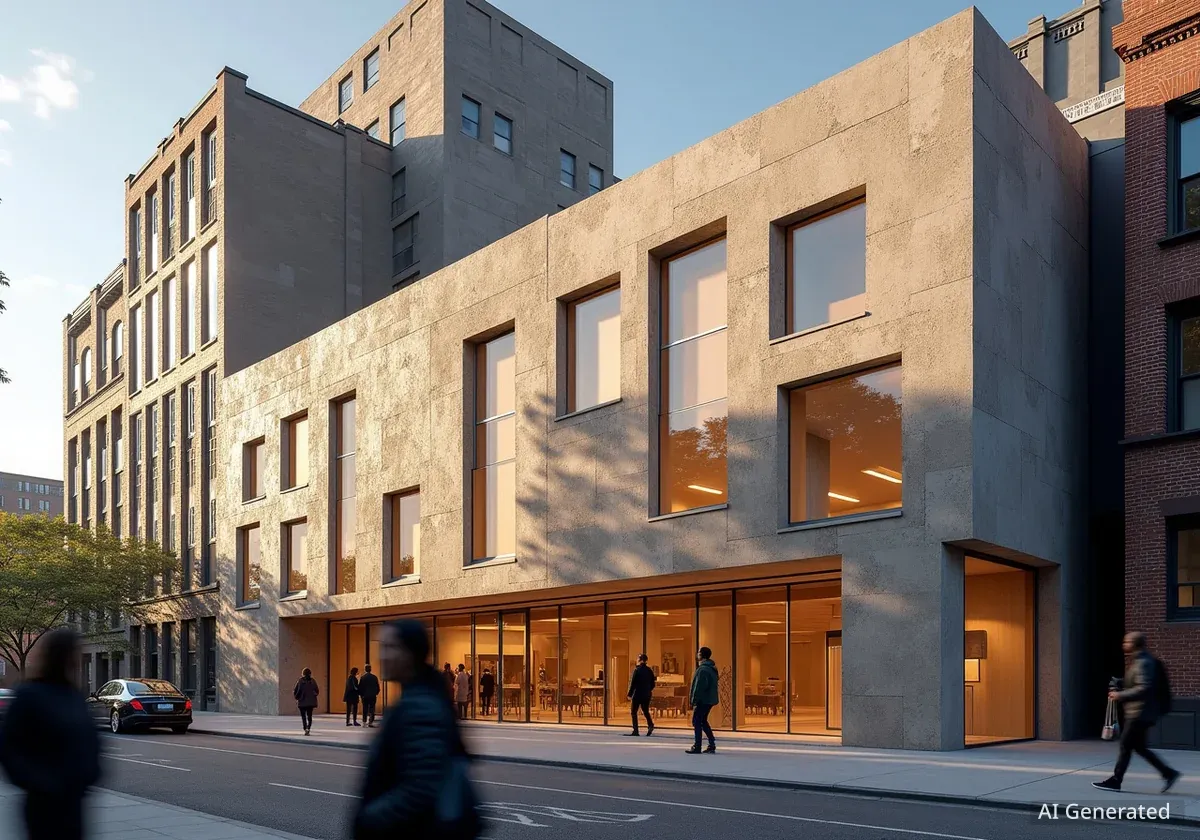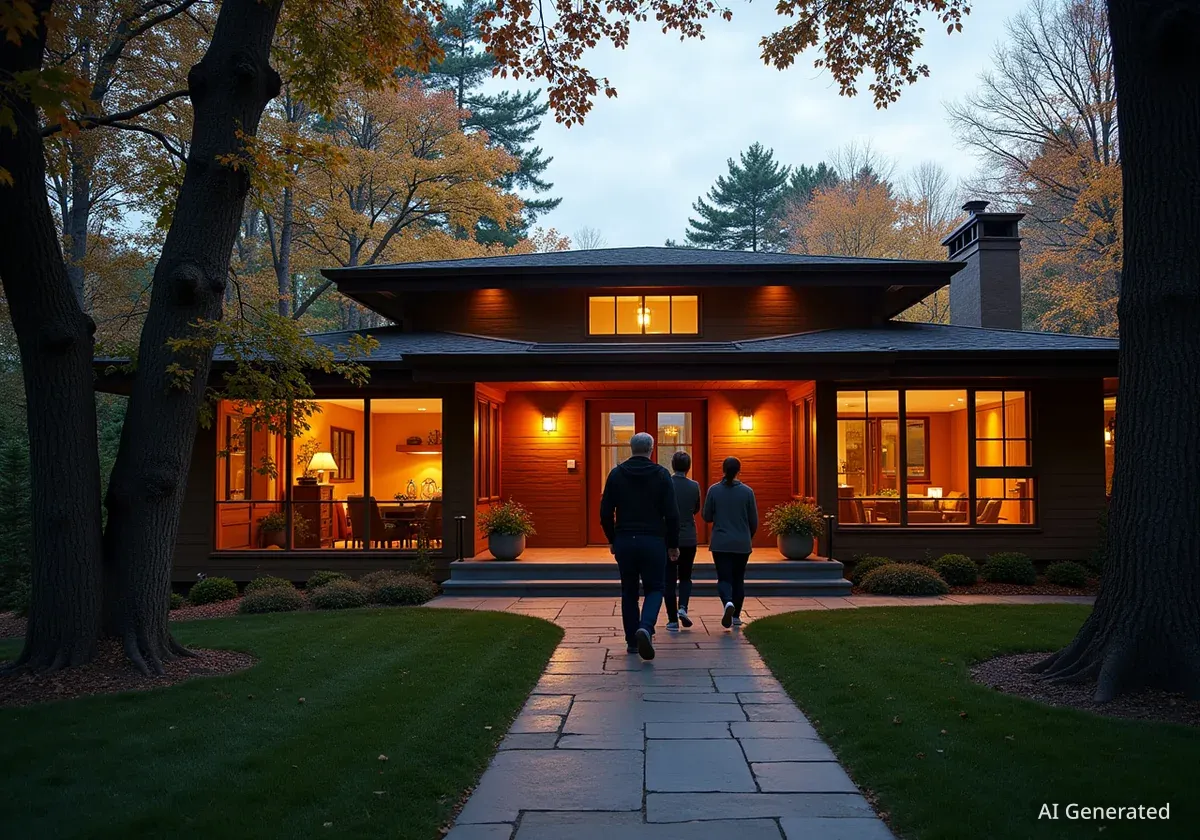French-Lebanese architect Lina Ghotmeh has been included in the TIME100 Next 2025 list. This annual ranking recognizes emerging leaders and innovators across various fields. Ghotmeh is known for her thoughtful approach to design, focusing on context and materials. She has developed an international body of work that blends traditional elements with modern concepts.
Her profile in TIME was written by Danish architect Bjarke Ingels. Ingels praised Ghotmeh for combining an awareness of history with forward-thinking experimentation. This recognition places her as the only architect on this year's list. It highlights the ongoing importance of design voices in a ranking that typically features figures from entertainment, politics, science, and business.
Key Takeaways
- Lina Ghotmeh is the only architect on the TIME100 Next 2025 list.
- Her work connects traditional design with modern innovation.
- Notable projects include the Serpentine Pavilion 2023 and the Hermès Workshop.
- TIME100 Next highlights rising figures expected to make a lasting impact.
- Architects have been consistently recognized for their role in addressing global challenges.
Ghotmeh's Architectural Vision and Key Projects
Lina Ghotmeh's architectural practice, Lina Ghotmeh Architecture, focuses on the intersection of material innovation, cultural memory, and human-centered design. This approach has established her as a distinct voice in contemporary architecture. Her projects aim to create structures that resonate with their surroundings and history.
Among her most recognized projects is the Bahrain Pavilion for Expo 2025 Osaka. This work showcases her ability to integrate cultural narratives into modern design. Another significant project is the Serpentine Pavilion 2023 in London. This structure was built using glulam, a type of engineered wood, and explored themes of communal gathering and shared experiences.
"Lina Ghotmeh combines historical awareness with forward-looking experimentation," wrote Bjarke Ingels in her TIME profile. "Her work stands out for its sensitive approach to context and materiality."
Renovation and Cultural Initiatives
Ghotmeh is also leading several important cultural projects. These include the renovation of the British Museum's Western Range galleries in London. This project involves updating and preserving significant exhibition spaces. She is also designing the permanent Qatar Pavilion at the Venice Biennale, a major international art and architecture exhibition.
Quick Fact: Serpentine Pavilion
- The Serpentine Pavilion is an annual commission for a temporary structure by an international architect.
- It is located on the lawn of the Serpentine Gallery in Kensington Gardens, London.
- Lina Ghotmeh designed the 2023 pavilion, titled 'Á table', emphasizing shared meals and dialogue.
Her work on the Hermès Workshop in Normandy further illustrates her design philosophy. This facility blends seamlessly into its natural environment, reflecting the brand's commitment to craftsmanship and sustainability. These projects collectively demonstrate Ghotmeh's versatile approach to design, spanning public, cultural, and commercial sectors.
The Significance of TIME100 Next
The TIME100 list, launched in 1999, annually recognizes individuals who significantly shape global culture and influence the world. In 2019, TIME magazine introduced the TIME100 Next list. This offshoot aims to highlight rising figures who are expected to make a lasting impact in their respective fields.
Architects and designers have appeared on both the main TIME100 and the TIME100 Next lists over the years. This consistent inclusion underscores the discipline's importance in addressing significant global issues. These issues include cultural identity, social equity, and environmental sustainability.
About TIME100 Next
TIME100 Next identifies 100 individuals who are shaping the future across various sectors. The list includes leaders in entertainment, politics, business, science, and activism. It aims to spotlight those whose work is creating substantial change.
The selection of architects for these lists highlights their role beyond just designing buildings. It acknowledges their contributions to broader societal conversations. Their work often reflects and influences cultural trends, community development, and sustainable practices.
Architects on TIME's Influential Lists
Several prominent architects have been recognized by TIME over the years. These individuals have pushed the boundaries of design and made significant contributions to the field. Their inclusion reflects the diverse ways architecture impacts the world.
- Zaha Hadid: Selected to TIME100 in 2010. Known for her parametric designs and transformative influence, with projects like the MAXXI Museum.
- Wang Shu: Included in TIME100 in 2013, after receiving the Pritzker Prize. His work blends modern architecture with traditional Chinese craftsmanship.
- Bjarke Ingels: Named to TIME100 in 2016. Recognized for BIG's playful yet practical architectural approach, seen in projects like VIA 57 West.
- David Adjaye: Selected to TIME100 in 2017. Honored for civic and cultural works that deeply engage with history and identity, such as the National Museum of African American History and Culture.
- Elizabeth Diller: Named to TIME100 in 2018. Praised for reshaping cultural and public architecture through her practice Diller Scofidio + Renfro, including the High Line.
- Jeanne Gang: Selected to TIME100 in 2019. Recognized for her environmentally engaged and socially inclusive design approach with Studio Gang.
- Francis Kéré: Selected to TIME100 in 2022, the same year he won the Pritzker Prize. Noted for his community-centered and climate-responsive architecture.
- Vinu Daniel: Included in TIME100 Next in 2023. His practice, Wallmakers, focuses on sustainable design using local and recycled materials.
- Lesley Lokko: Selected to TIME100 in 2024. Recognized for her contributions to architectural education and cultural discourse, including founding the African Futures Institute.
- Marina Tabassum: Named to TIME100 in 2024. Honored for her contextually responsive and socially driven architecture, particularly for climate-displaced populations.
- Ma Yansong: Selected to TIME100 in 2025. Recognized for his visionary approach that reimagines the relationship between the built environment and nature.
These architects represent a global movement towards more thoughtful, sustainable, and culturally aware design. Their work often addresses pressing societal needs, from housing for displaced communities to revitalizing urban spaces.
Ghotmeh's Ongoing Impact and Future Projects
Lina Ghotmeh's inclusion in TIME100 Next 2025 underscores the significant role architects play in shaping cultural, social, and environmental narratives. Her work consistently demonstrates a commitment to sustainable practices and cultural integration.
Recently, Lina Ghotmeh Architecture shared designs for the AlUla Immersive Living project. This proposed dwelling in Saudi Arabia is envisioned to emerge organically from the desert landscape. The project highlights her dedication to creating architecture that respects and integrates with its natural surroundings.
The studio has also revealed plans to transform a historic residence in Bukhara, Uzbekistan. This project aims to convert the building into a modern cultural destination for the 21st century. These future endeavors further showcase Ghotmeh's commitment to contextual and innovative architecture, promising continued impact on the global design landscape.
Her designs often involve detailed research into local materials, construction techniques, and historical contexts. This rigorous approach ensures that each project is not only aesthetically striking but also deeply rooted in its specific place. Ghotmeh's work serves as a model for how architecture can contribute meaningfully to both local communities and global discourse.




